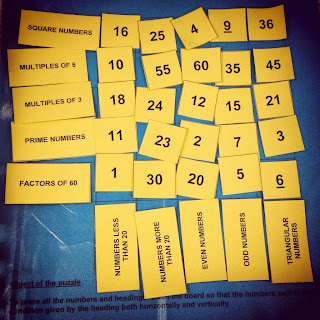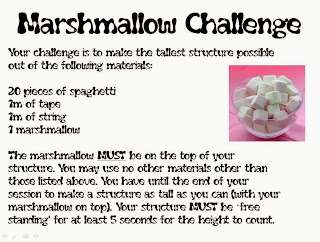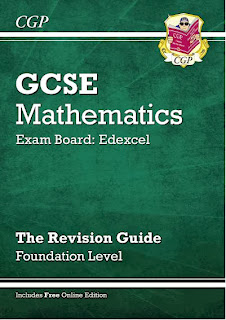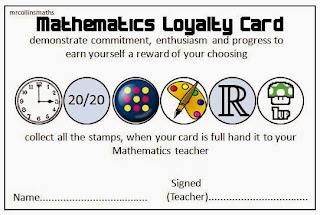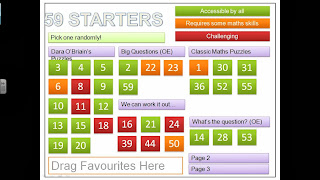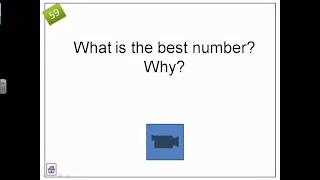Today I went to start setting up my new [school] home. I start at a 'new' school in September and have my own classroom, which has recently been re-plastered, painted and carpeted. I feel very lucky in this respect as it gives me a blank canvas to work from and make my own. It also gives me a fresh start at a school I used to work at as a Cover Supervisor.
My new classroom is already well underway and I will post all the pics once I have completed setting it all up. I'm currently waiting on the display boards and curtains being put back up, which are being done tomorrow. Here's my new room as it was this morning when I got into school...
The view from the front of the room where my desk will be going. There's almost a room aside of the room, which I'm hoping to make into a 'breakout' area for my LSAs to work with selected students. I'll also have some storage over there so I can work either in this part of the room, or at my desk.
The view from the back corner of the room. I've got a massive whiteboard (very similar to last year) and an IWB, but I'm not sure that the IWB is fully functional yet - I need to get the IT boys to have a look at this as the previous teacher didn't use it as an IWB.
You can just about see the old display boards in the corridor - these are being replaced by newer boards by the very helpful premises team!
The view into the (what I'm calling) 'room off of the main room' room. As you can see it's quite a large space, but you can't really use it as additional space for the class desks as the students sat here won't be able to see the board and would be a bit 'hidden' from the rest of the class.
View from the class door. My teacher's desk will be going in this corner - it makes sense as the leads to the IWB and my computer will have to go via the sockets in this corner (there aren't any elsewhere). My desk will go up against the wall rather than cornering off the corner. I feel this way I'm more able to support students that want to come up to the desk for help, it creates more space in the room and allows me to see the whole class clearly. There will be a fair amount of space at the front of the room for students to come up to the board - something I want to encourage this year by getting students to write their solutions to problems or mistakes to problems that we can discuss as a class. I'll be working on 'number sense' with my KS3 classes this year a lot more than I have before based on the 'How to Learn Math' course I am currently studying - more on this to come.
This is the view from the door to the back of the room. As you can see there are plenty of windows that make the room quite light. The room looks out to the front of the school. When the curtains go back up it will naturally stop a fair amount of the light, but by no means will it be dark in the room.
In the top left of the picture you can see I have a beam that goes across the middle of the room. The ceiling is quite low and so I won't be putting up a 'washing line' display. Instead I plan to put the Nrich puzzles on the back of the beam that faces the students. On the side that I'll be facing I'll put the class clock etc for my own benefit.
I love how 'new' the room looks. It allows me to make the space my own and will hopefully give students a bit of a shock when they come back next Thursday (especially if they were taught in the room before as it was bright yellow and looked a bit 'bruised and battered').
Things I have learnt today:
It is surprising how exciting it is to get your set of keys for your room, dept, stationary cupboard etc
No matter how much preparation you put into getting everything ready to put up on display you still forget things. I had a list of things I still needed to print out and laminate before going back in tomorrow.
Wrapping paper makes excellent backing for display boards.
Moving tables, chairs and filing cabinets about is hard work!
It's surprising how much you deliberate the smallest of details.
I'll be posting the pics of the completed room over the next couple of days. I have a few new ideas in addition to using some of my existing displays that I used over the last few years. Watch this space...
My new classroom is already well underway and I will post all the pics once I have completed setting it all up. I'm currently waiting on the display boards and curtains being put back up, which are being done tomorrow. Here's my new room as it was this morning when I got into school...
The view from the front of the room where my desk will be going. There's almost a room aside of the room, which I'm hoping to make into a 'breakout' area for my LSAs to work with selected students. I'll also have some storage over there so I can work either in this part of the room, or at my desk.
The view from the back corner of the room. I've got a massive whiteboard (very similar to last year) and an IWB, but I'm not sure that the IWB is fully functional yet - I need to get the IT boys to have a look at this as the previous teacher didn't use it as an IWB.
You can just about see the old display boards in the corridor - these are being replaced by newer boards by the very helpful premises team!
The view into the (what I'm calling) 'room off of the main room' room. As you can see it's quite a large space, but you can't really use it as additional space for the class desks as the students sat here won't be able to see the board and would be a bit 'hidden' from the rest of the class.
View from the class door. My teacher's desk will be going in this corner - it makes sense as the leads to the IWB and my computer will have to go via the sockets in this corner (there aren't any elsewhere). My desk will go up against the wall rather than cornering off the corner. I feel this way I'm more able to support students that want to come up to the desk for help, it creates more space in the room and allows me to see the whole class clearly. There will be a fair amount of space at the front of the room for students to come up to the board - something I want to encourage this year by getting students to write their solutions to problems or mistakes to problems that we can discuss as a class. I'll be working on 'number sense' with my KS3 classes this year a lot more than I have before based on the 'How to Learn Math' course I am currently studying - more on this to come.
This is the view from the door to the back of the room. As you can see there are plenty of windows that make the room quite light. The room looks out to the front of the school. When the curtains go back up it will naturally stop a fair amount of the light, but by no means will it be dark in the room.
In the top left of the picture you can see I have a beam that goes across the middle of the room. The ceiling is quite low and so I won't be putting up a 'washing line' display. Instead I plan to put the Nrich puzzles on the back of the beam that faces the students. On the side that I'll be facing I'll put the class clock etc for my own benefit.
I love how 'new' the room looks. It allows me to make the space my own and will hopefully give students a bit of a shock when they come back next Thursday (especially if they were taught in the room before as it was bright yellow and looked a bit 'bruised and battered').
Things I have learnt today:
It is surprising how exciting it is to get your set of keys for your room, dept, stationary cupboard etc
No matter how much preparation you put into getting everything ready to put up on display you still forget things. I had a list of things I still needed to print out and laminate before going back in tomorrow.
Wrapping paper makes excellent backing for display boards.
Moving tables, chairs and filing cabinets about is hard work!
It's surprising how much you deliberate the smallest of details.
I'll be posting the pics of the completed room over the next couple of days. I have a few new ideas in addition to using some of my existing displays that I used over the last few years. Watch this space...
